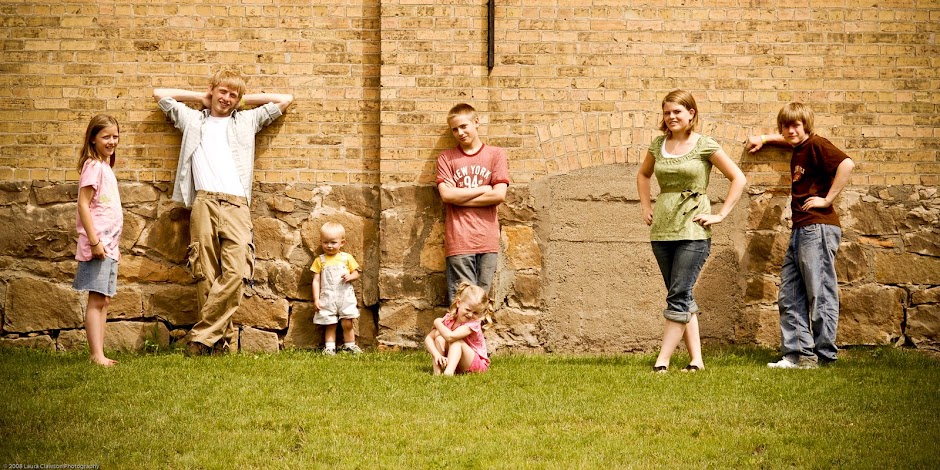
Choosing a type of cloth diaper is a challenging task. The choices are overwhelming. You can choose based on price or on ease of use, and everything in between. Just as every diaper is different, every family is different, and what they choose will be based on their needs.
Here is a breakdown of the different styles of diapers:
Prefolds: a diaper that needs to be folded and has a padded middle. There are Chinese, Indian and Diaper Service Quality (dsq). There are also bleached and unbleached. Generally these diapers get softer as they are washed and make great burp rags or cleaning rags when baby is grown. This is the least expensive way to diaper, however, they need a cover to make them waterproof. Instead of pinning diapers the old fashioned way, parents can just lay the diaper in a cover or use a Snappi Fastener.
Fitted diapers: these diapers go on like a disposable, with elastic legs for leak protection and either velcro or snap closure, so no more pins, and much less leaks on the covers than prefolds. A more expensive option than prefolds, and still need a cover.
 Diaper covers: covers are just that, a protective covering for cloth diapers. They have come a long way since rubber pants. The benefit of a cover is that you only need a few to get by because you just change the inside unless there is a mess that leaked through. Covers close like a disposable, with velcro or snaps, rather than the messy and inconvenient pull-on styles.
Diaper covers: covers are just that, a protective covering for cloth diapers. They have come a long way since rubber pants. The benefit of a cover is that you only need a few to get by because you just change the inside unless there is a mess that leaked through. Covers close like a disposable, with velcro or snaps, rather than the messy and inconvenient pull-on styles.
Here is a breakdown of the different styles of diapers:
Prefolds: a diaper that needs to be folded and has a padded middle. There are Chinese, Indian and Diaper Service Quality (dsq). There are also bleached and unbleached. Generally these diapers get softer as they are washed and make great burp rags or cleaning rags when baby is grown. This is the least expensive way to diaper, however, they need a cover to make them waterproof. Instead of pinning diapers the old fashioned way, parents can just lay the diaper in a cover or use a Snappi Fastener.
Fitted diapers: these diapers go on like a disposable, with elastic legs for leak protection and either velcro or snap closure, so no more pins, and much less leaks on the covers than prefolds. A more expensive option than prefolds, and still need a cover.
 Diaper covers: covers are just that, a protective covering for cloth diapers. They have come a long way since rubber pants. The benefit of a cover is that you only need a few to get by because you just change the inside unless there is a mess that leaked through. Covers close like a disposable, with velcro or snaps, rather than the messy and inconvenient pull-on styles.
Diaper covers: covers are just that, a protective covering for cloth diapers. They have come a long way since rubber pants. The benefit of a cover is that you only need a few to get by because you just change the inside unless there is a mess that leaked through. Covers close like a disposable, with velcro or snaps, rather than the messy and inconvenient pull-on styles.All in One (AIO): All in one diapers are just that, everything in one diaper. They are by far the most convenient. They work exactly like a disposable, just put it on and take it off, wash and go again. They are more expensive, and they take longer to dry. They do tend to be the most accepted diaper for day care centers.
Pocket Diapers: pocket diapers are made of a waterproof outer fabric and an inner fabric that allows for wetness to pass through but keeps the baby dry. A liner needs to be tucked into the "pocket" to absorb the pee. Parents can choose many different types of liners, from prefolds to organic hemp. The benefits with pockets are that parents can customize the amount of absorbency that is needed, adding more for nighttime and travel use, less for newborns, and that you can be sure of the cleanliness of the liner as it washes and dries separately. Pockets dry faster than AIOs. The drawback is having to stuff the pockets.
Inserts, Liners & Doublers: these go inside of a diaper, usually a pocket, and are the absorbent part of the diaper, or are a liner that layers the top to make waste disposal easy. They come in many styles and materials. Microfiber terry, organic hemp, disposable for solid waste and knit terry, to name a few.
One-Size: a diaper that fits babies from 5lbs to 35lbs. One-size diapers have snaps that fold the diaper down to smaller sizes so that the diaper lasts for a much longer period of time in the child's diapering years. This is a very economical way to buy diapers as you do not have to buy new sizes as your child grows.

After you pick your style, there are the brand choices to make. Do you want cute? Functional? Least expensive? I have had adorable embroidery put on the diapers I have ordered to make diapering more fun.
Getting your hands on the diapers is a great way to get a better understanding of what all the styles mean and what features you would like most. For local shopping, Peapods in St. Paul has a big selection to look at with knowledgeable staff to answer your questions. The internet has an even bigger selection and is worth doing some research. I recommend Cotton Babies, Jennifer's Cloth Diaper Boutique and Mudpie Babies to start.
This is my complete article from the Examiner. I would still love a visit over there, even though I published the whole article here. Thanks!
Pocket Diapers: pocket diapers are made of a waterproof outer fabric and an inner fabric that allows for wetness to pass through but keeps the baby dry. A liner needs to be tucked into the "pocket" to absorb the pee. Parents can choose many different types of liners, from prefolds to organic hemp. The benefits with pockets are that parents can customize the amount of absorbency that is needed, adding more for nighttime and travel use, less for newborns, and that you can be sure of the cleanliness of the liner as it washes and dries separately. Pockets dry faster than AIOs. The drawback is having to stuff the pockets.
Inserts, Liners & Doublers: these go inside of a diaper, usually a pocket, and are the absorbent part of the diaper, or are a liner that layers the top to make waste disposal easy. They come in many styles and materials. Microfiber terry, organic hemp, disposable for solid waste and knit terry, to name a few.
One-Size: a diaper that fits babies from 5lbs to 35lbs. One-size diapers have snaps that fold the diaper down to smaller sizes so that the diaper lasts for a much longer period of time in the child's diapering years. This is a very economical way to buy diapers as you do not have to buy new sizes as your child grows.

After you pick your style, there are the brand choices to make. Do you want cute? Functional? Least expensive? I have had adorable embroidery put on the diapers I have ordered to make diapering more fun.
Getting your hands on the diapers is a great way to get a better understanding of what all the styles mean and what features you would like most. For local shopping, Peapods in St. Paul has a big selection to look at with knowledgeable staff to answer your questions. The internet has an even bigger selection and is worth doing some research. I recommend Cotton Babies, Jennifer's Cloth Diaper Boutique and Mudpie Babies to start.
This is my complete article from the Examiner. I would still love a visit over there, even though I published the whole article here. Thanks!























0 people think my kids are qtpies:
Post a Comment